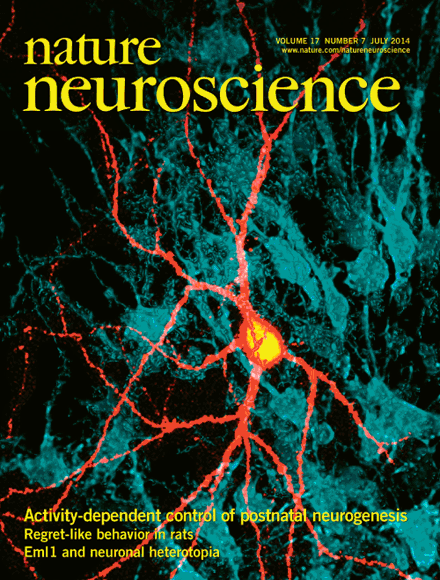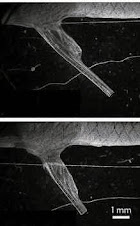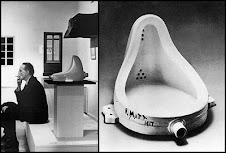Because most jellyfishes are venomous, they are also called sea wasps or
marine stingers. Each tentacle contains more than 100,000 cnidocytes
with nematocysts, small needles that inject venom into the victim. The
most dangerous species are found in the tropical Indo-Pacific but the
Caribbean species can also cause serious injuries. This picture was
taken in Guadeloupe (French West Indies) by Dominique Marion, a senior
scientist from the Institut de Biologie Structurale in Grenoble, France.
Visit his galleries at http://diffraction-marine.net for more underwater pictures.
Clade C es el subtipo más prevalente de HIV-1 en el mundo. La estructura cristalina del núcleo de clade C gp120 es descrito por Bjorkman y colegas, en conjunto con el complejo CD4 y el receptor CD4 - inducidos por anticuerpo. El trabajo revela que el anticuerpo hace contacto con ambos, gp120 y CD4. La portada de la revista muestra una escultura de vidrio de una partícula viral realizada por el artistaLuke Jerram (http://www.lukejerram.com/projects/glass_microbiology).pp 608–613















































































